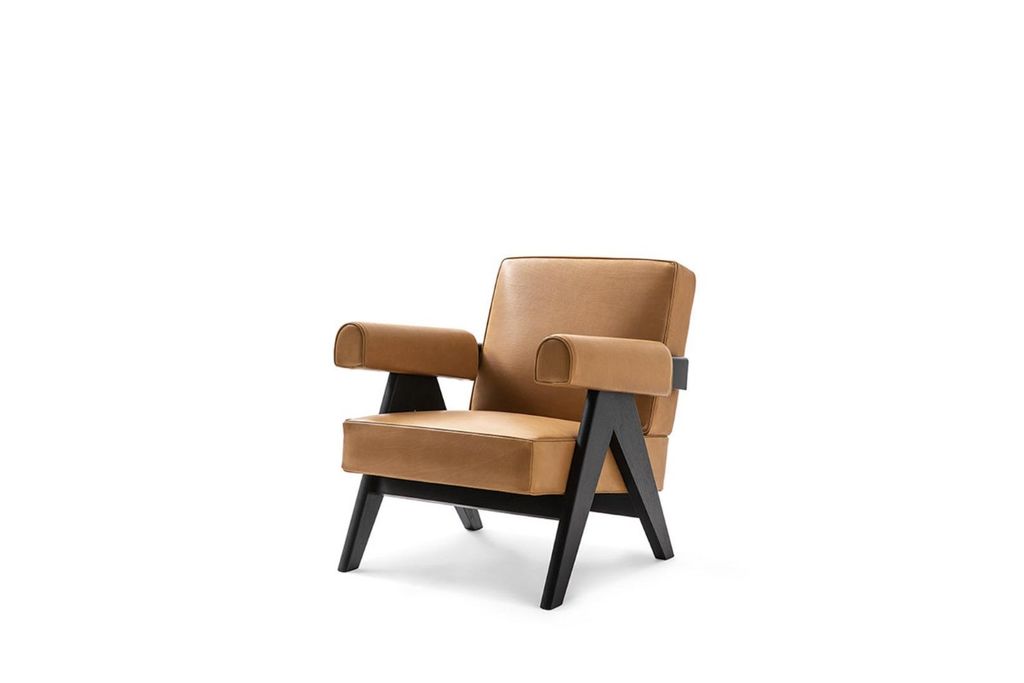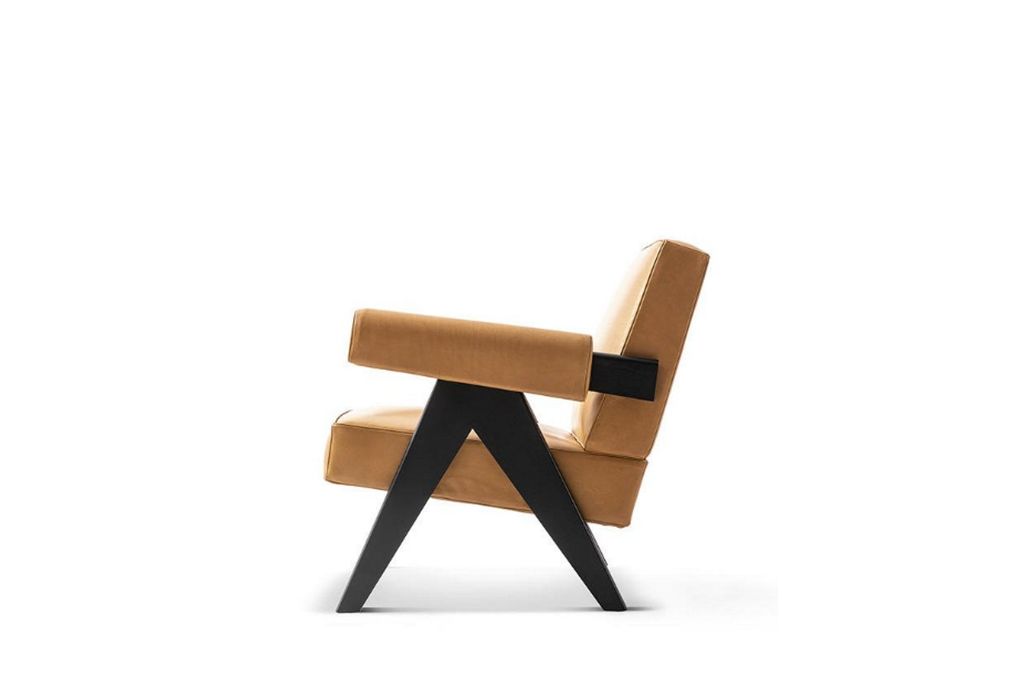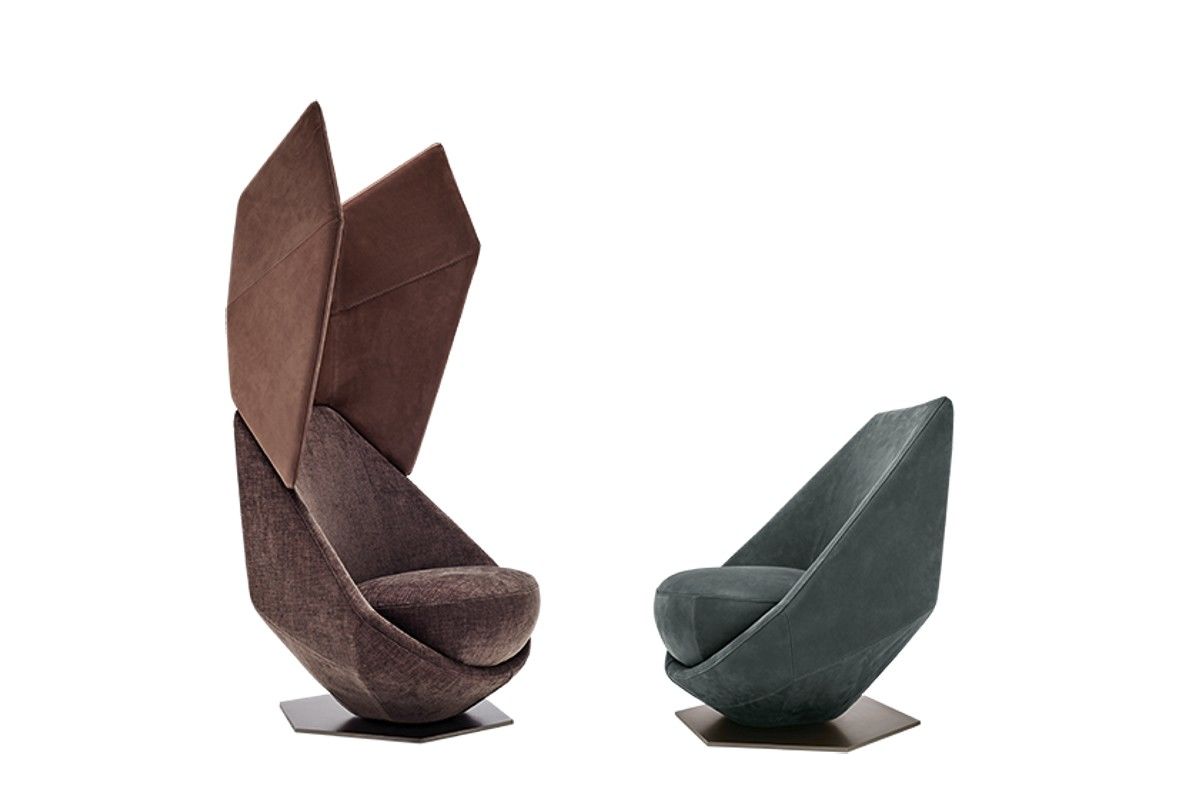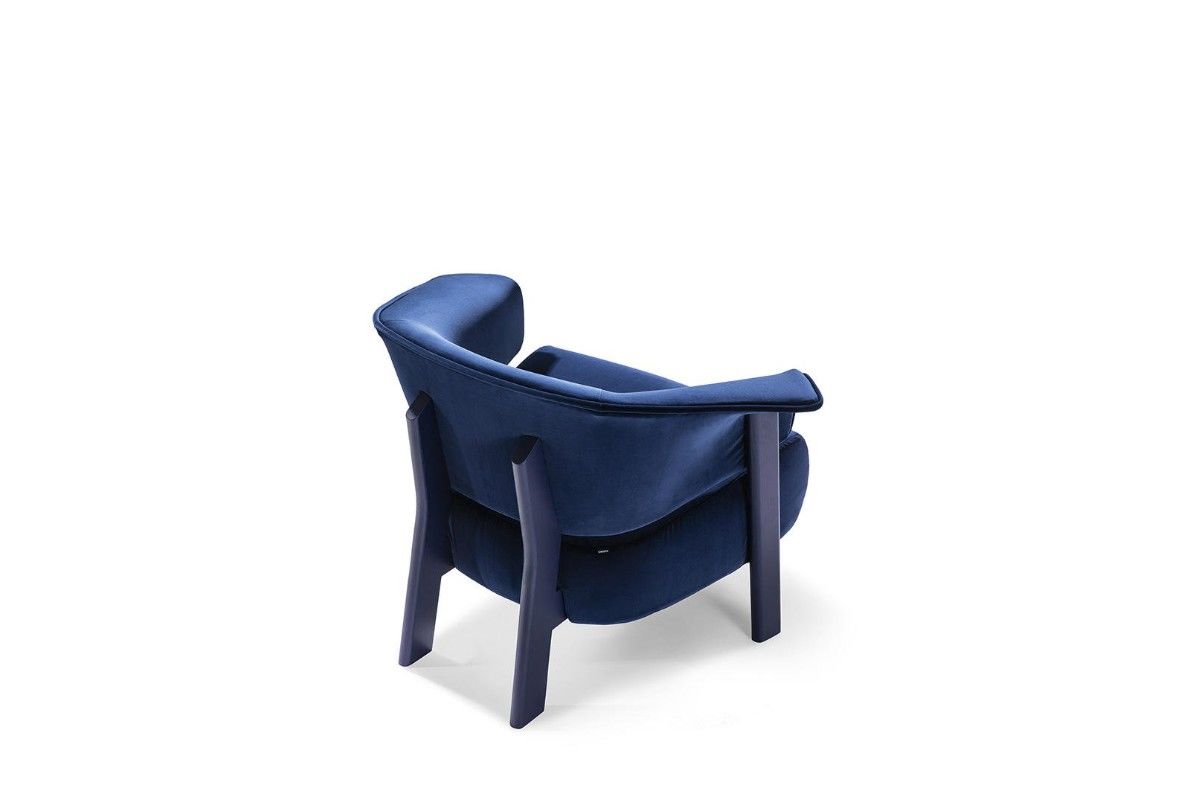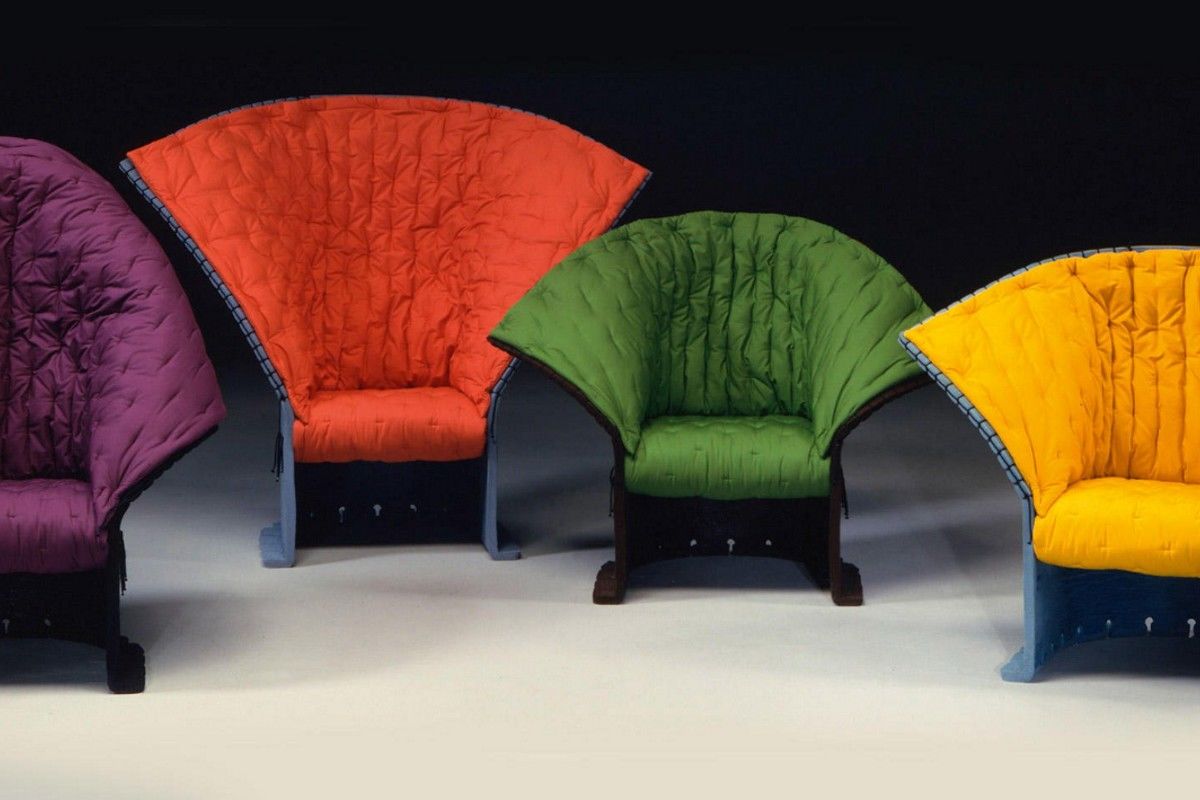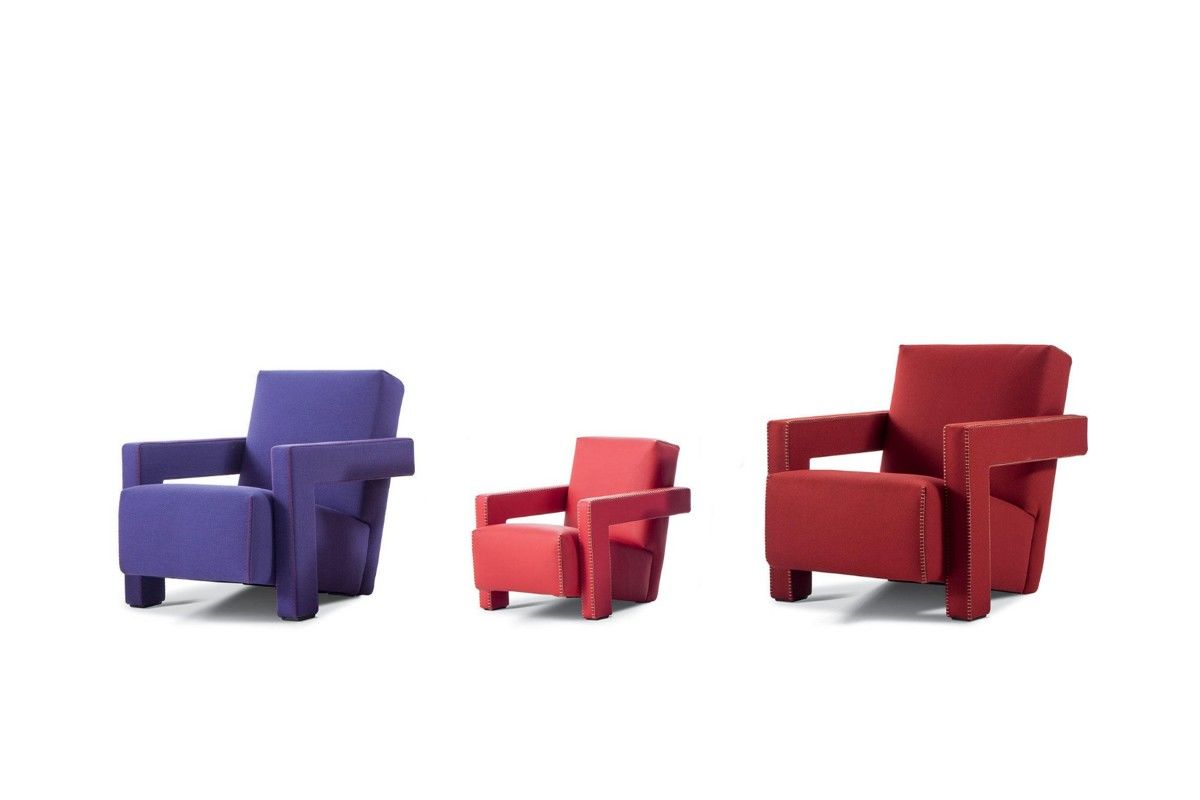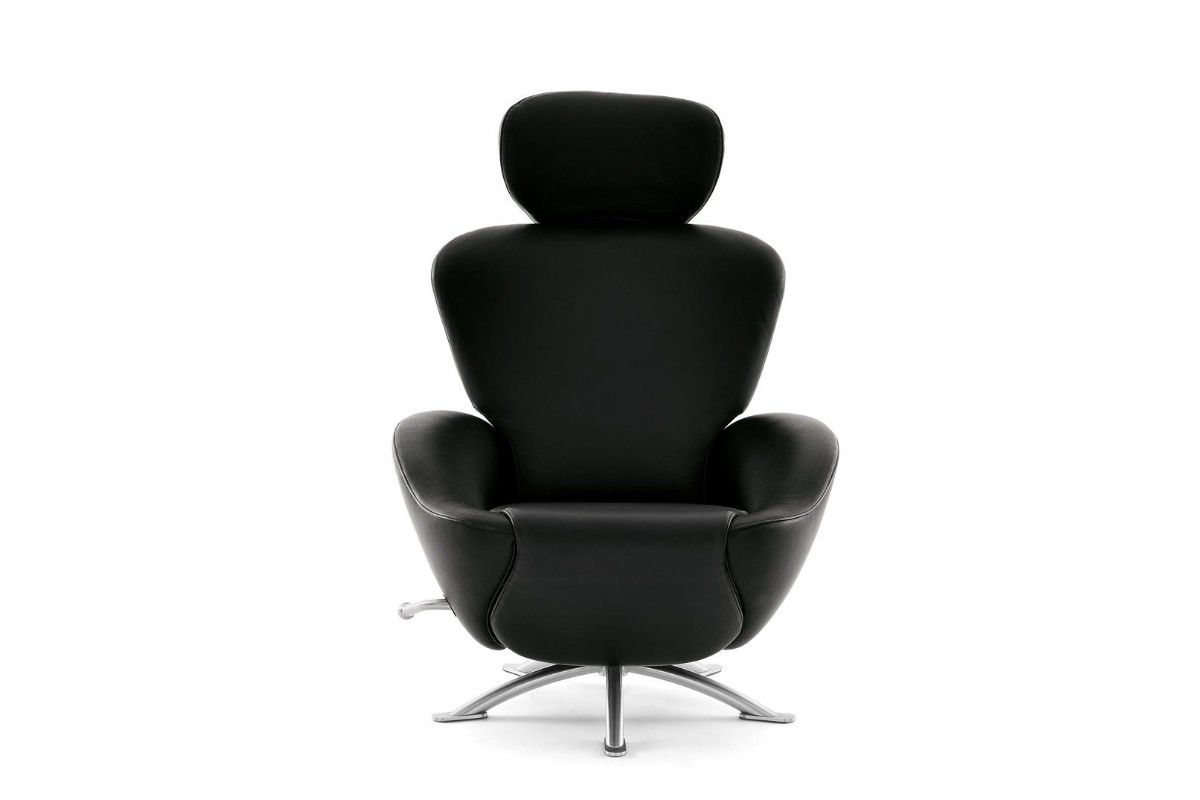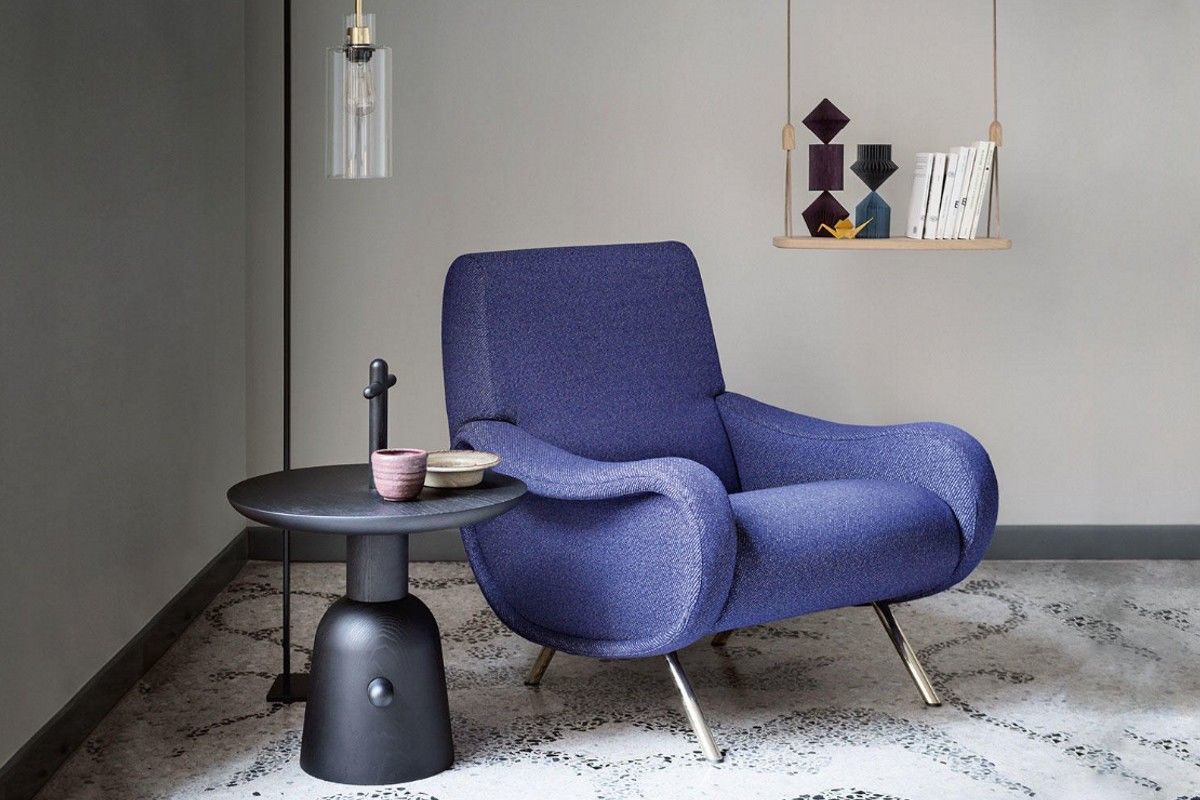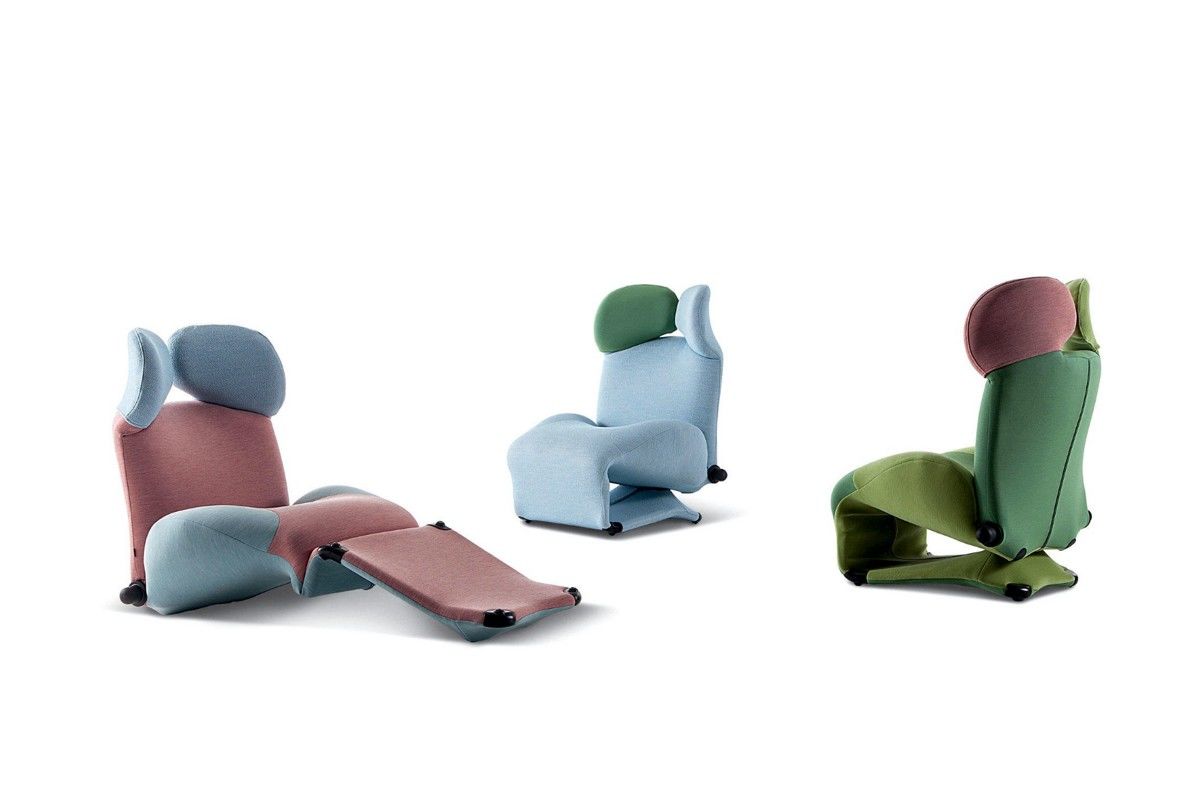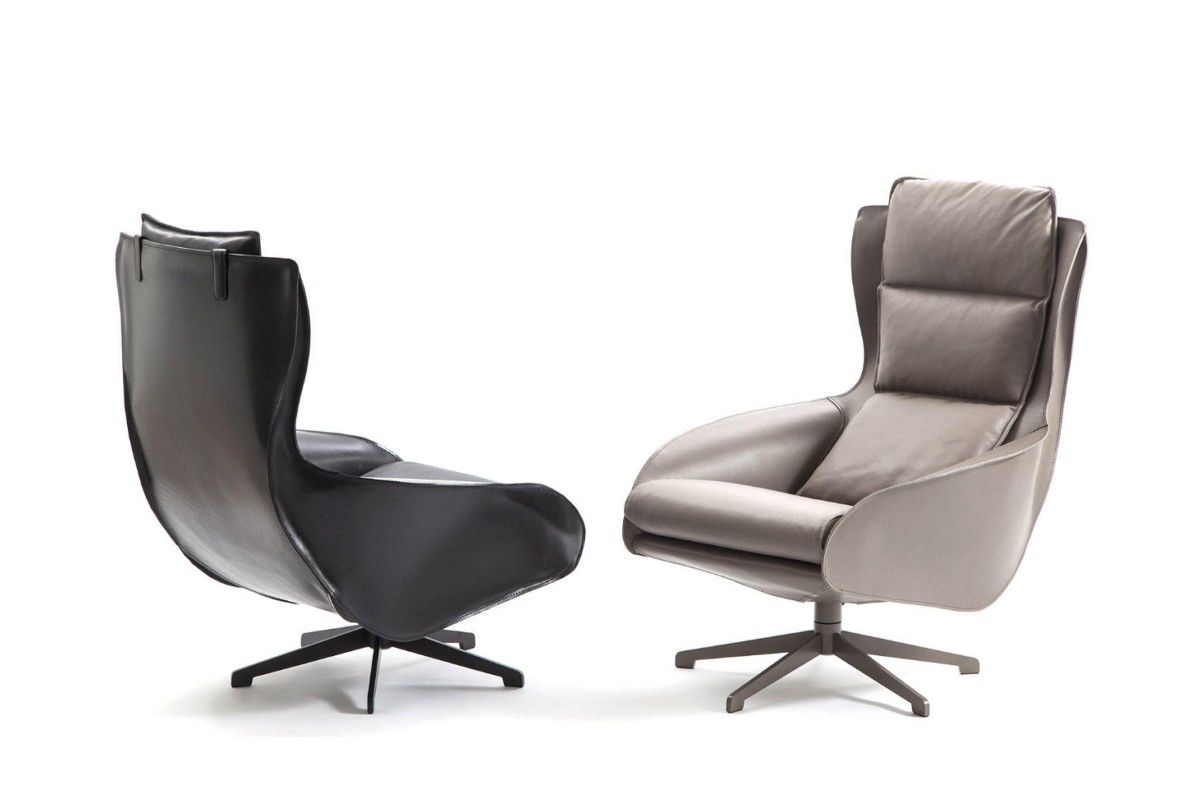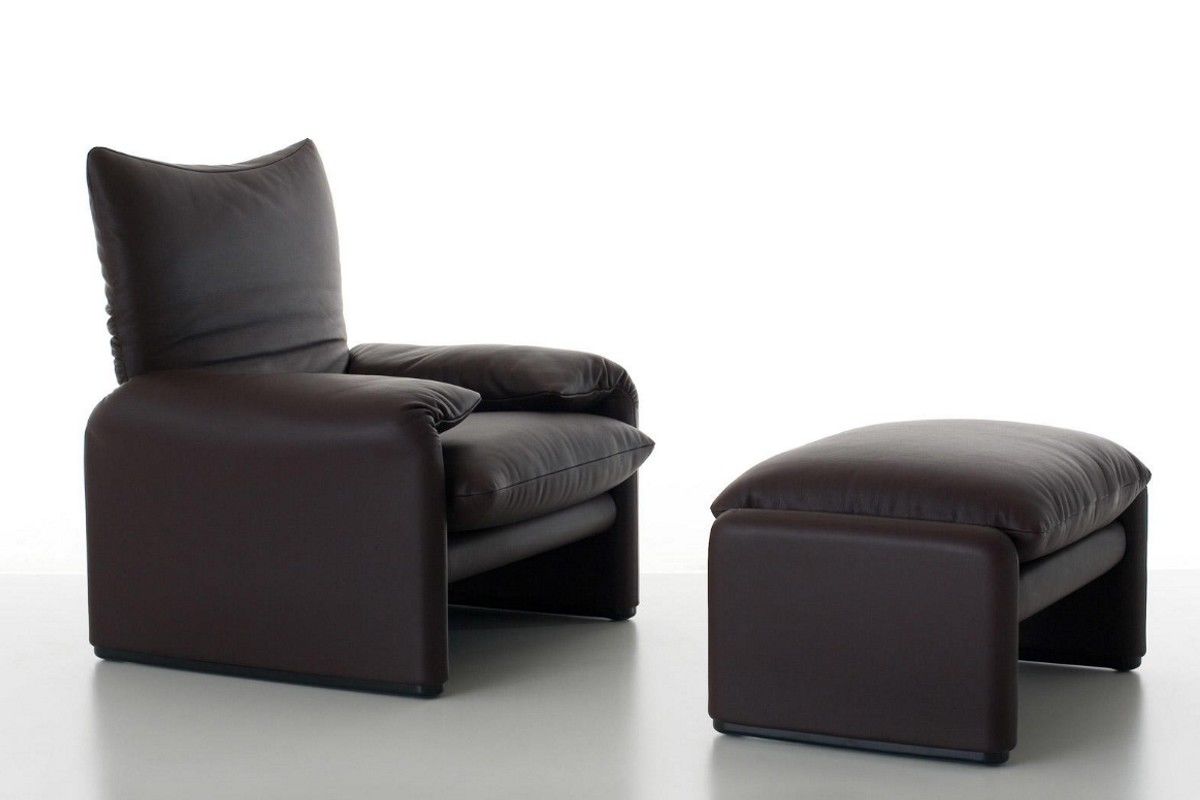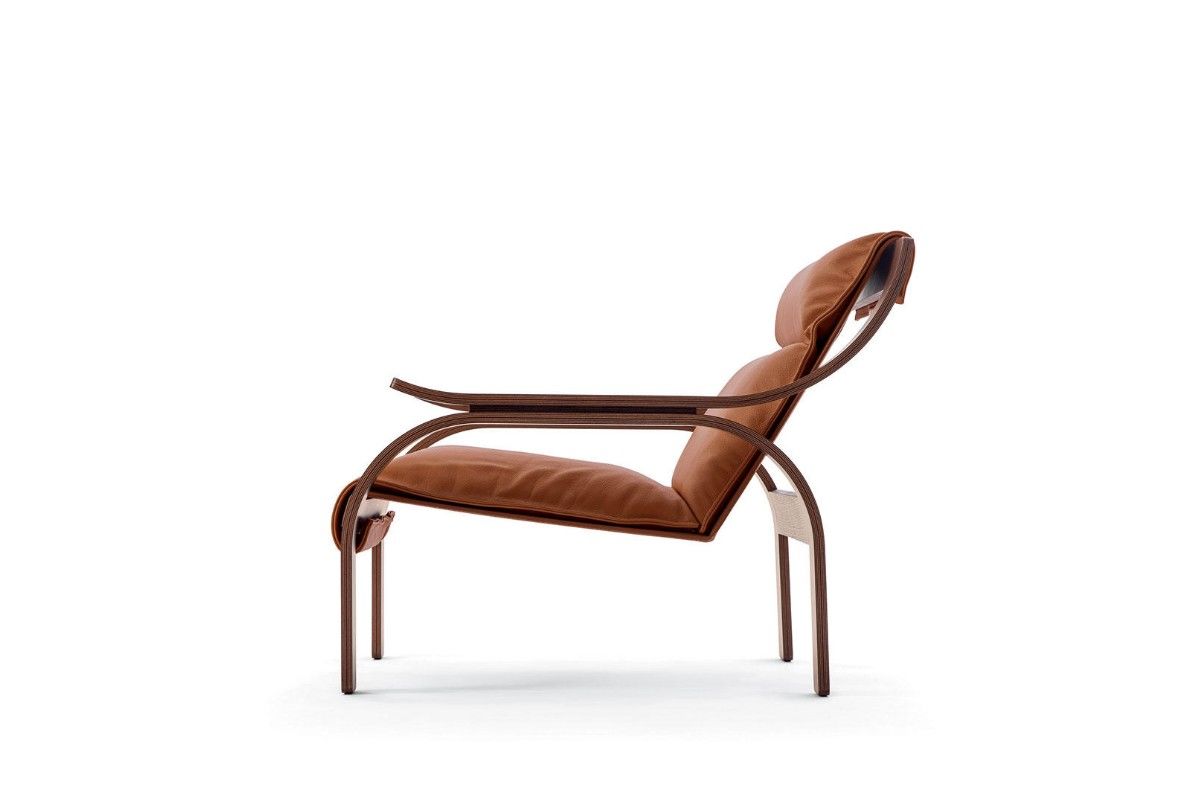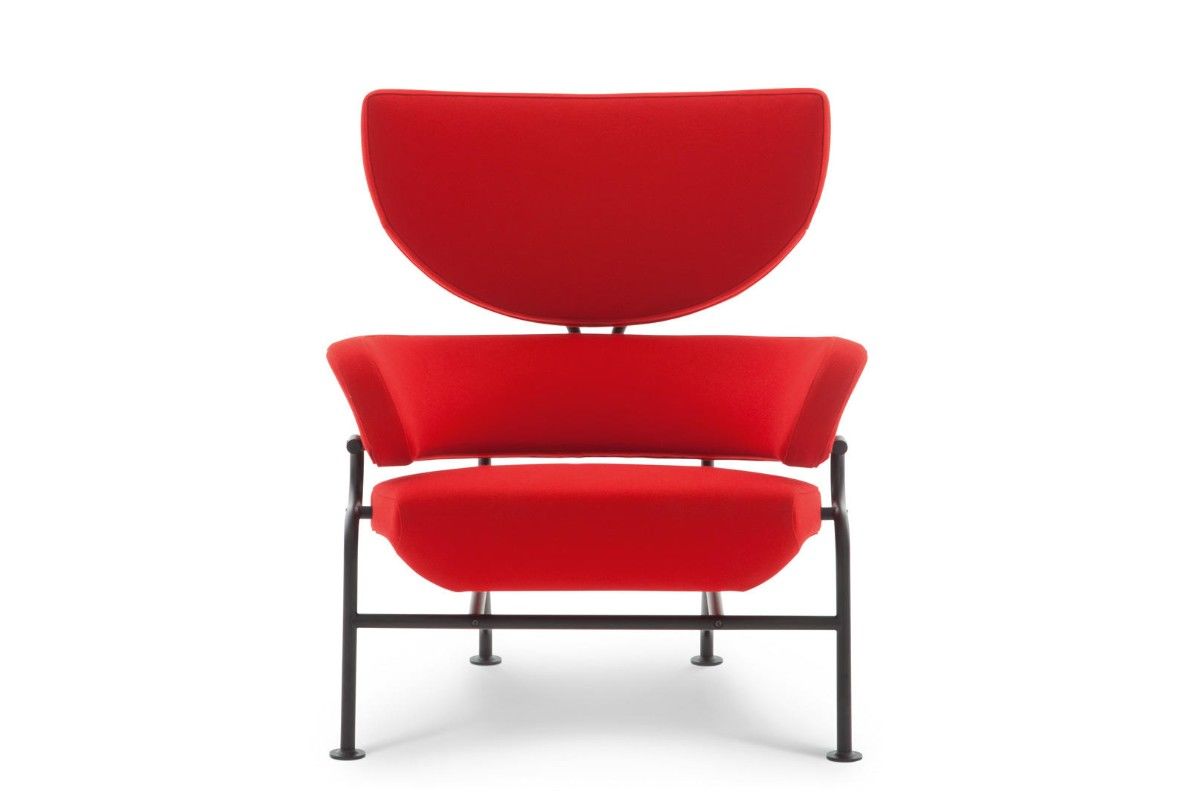Privacy information
Per quanto concerne i dati personali e comuni oggetto del trattamento, in relazione all'informativa sotto riportata, proseguendo nell’invio del modulo dichiaro di aver preso atto delle modalità con le quali i dati saranno trattati, ed esprimo il mio consenso al trattamento, compreso la comunicazione dei dati oggetto del trattamento per le finalità di cui al sub a) e al sub b) con le modalità previste nell’informativa.
INFORMATIVA SULLA PRIVACY
La informiamo che ai sensi del D.lgs 196/2003 i dati personali e comuni da Lei forniti attraverso la compilazione del presente modulo, già acquisiti o che possono essere acquisiti nel corso del rapporto e nell'ambito delle nostre attività, formeranno oggetto di trattamento, anche con l'ausilio di mezzi elettronici e/o automatizzati, nel rispetto della normativa sopra richiamata e degli obblighi di riservatezza per:
a) Finalità strettamente connesse all'erogazione dei servizi richiesti, quindi strumentali alla gestione del rapporto con voi in essere e finalità connesse ad obblighi di legge, da regolamenti e dalla normativa comunitaria, nonché da disposizioni impartite da autorità e da organi di vigilanza e di controllo.
b) Finalità per le quali il consenso debba essere specificatamente espresso, come quelle di tipo commerciale, promozionale e di marketing attraverso comunicazioni telefoniche o per posta ed anche con l'ausilio di sistemi automatizzati di comunicazione, sms, e-mail, fax; per l'organizzazione di eventi, convegni e seminari; per la rilevazione del Vs. grado di soddisfazione mediante interviste, personali o telefoniche, diffusione o invio di questionari telematici o non; in forma anonima per pubblicazioni, per l'elaborazione di studi, statistiche, ricerche di mercato o scientifiche.
I dati personali e comuni potranno essere comunicati a soggetti esterni a Femar Consulting S.r.l. in qualità di "incaricati" o "responsabili" del trattamento dei dati, oppure in taluni casi a soggetti che operano in totale autonomia come distinti "titolari" del trattamento, fermo restando da parte di questi l'adozione di criteri di sicurezza e protezione dei dati in linea con la normativa vigente, per le medesime finalità e gli stessi limiti per i quali sono stati raccolti da SM Arredamenti di Spigaroli Marco S.a.s..
I dati oggetto del trattamento non vengono in alcun caso diffusi, ad eccezione di quelli che volontariamente l'interessato rende disponibili sulle eventuali aree comuni del Sito pubblicamente accessibili.
SM Arredamenti di Spigaroli Marco S.a.s. invita gli interessati a non fornire i propri dati personali all'interno delle aree comuni del Sito pubblicamente accessibili, riservandosi il diritto di cancellare tali dati o renderli anonimi ove si tratti di dati sensibili secondo le definizione di cui all'articolo 4 comma 1 lettera d) del Codice Privacy.
I dati possono, infine, essere comunicati e/o diffusi in forza a provvedimenti, leggi o regolamenti.
Lei potrà, in ogni momento, accedere ai Suoi dati chiedendone l'origine, l'aggiornamento, la rettifica, l'integrazione e, ricorrendone gli estremi, la cancellazione o il blocco nonché esercitare tutti i diritti di cui all'art. 7 del D.Lgs. 196/2003 nei confronti del titolare del trattamento. Per far valere tali diritti, l'interessato potrà inviare un messaggio di posta elettronica all'indirizzo info@smarredamenti.it.
Il titolare del trattamento è SM Arredamenti di Spigaroli Marco S.a.s..
×
In che modo utilizziamo i cookies
Il nostro sito e servizi di terzi, utilizzano sia cookie proprietari sia cookie di terze parti per l’utilizzo di servizi di statistica/monitoraggio.
Questo sito web utilizza Google Analytics, servizio di statistica ed analisi fornito da Google.
Google Analytics utilizza dei “cookies”; un cookie è un breve testo inviato al tuo browser da un sito web visitato. Consente al sito di memorizzare informazioni sulla tua visita, come la tua lingua preferita e altre impostazioni. Ciò può facilitare la tua visita successiva e aumentare l'utilità del sito a tuo favore. I cookie svolgono un ruolo importante. Senza di essi, l'utilizzo del Web sarebbe un'esperienza molto più frustrante.
Le informazioni generate dal cookie sull’utilizzo del sito web verranno trasmesse e depositate presso i server di Google negli Stati Uniti.
Google utilizzerà queste informazioni allo scopo di esaminare il Vostro utilizzo del sito web, compilare report sulle attività del sito per gli operatori dello stesso e fornire altri servizi relativi alle attività del sito web e all’utilizzo di internet.
Google può anche trasferire queste informazioni a terzi ove ciò sia imposto dalla legge o laddove tali terzi trattino le suddette informazioni per conto di Google.
Google non assocerà il vostro indirizzo IP a nessun altro dato posseduto da Google.
Nel sito web vengono inoltre utilizzati i cookie per garantire il corretto funzionamento.
Potete rifiutarvi di usare i cookies selezionando l’impostazione appropriata sul vostro browser o visitando la pagina Google dedicata alle funzioni di disattivazione attualmente disponibili, ma si prega di notare che se si fa questo non si può essere in grado di utilizzare tutte le funzionalità di questo sito web.
Utilizzando il presente sito web, voi acconsentite al trattamento dei Vostri dati da parte di Google per le modalità ed i fini sopraindicati.
×

